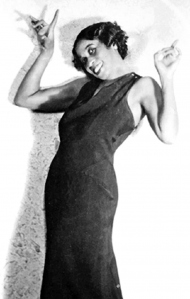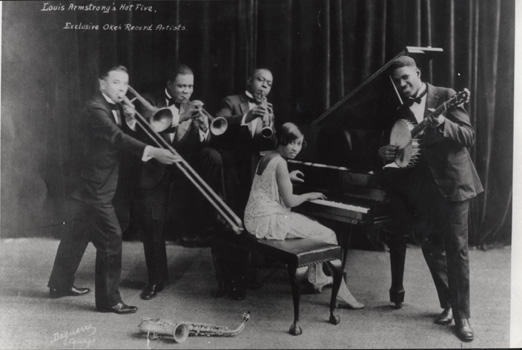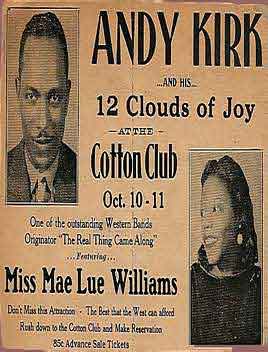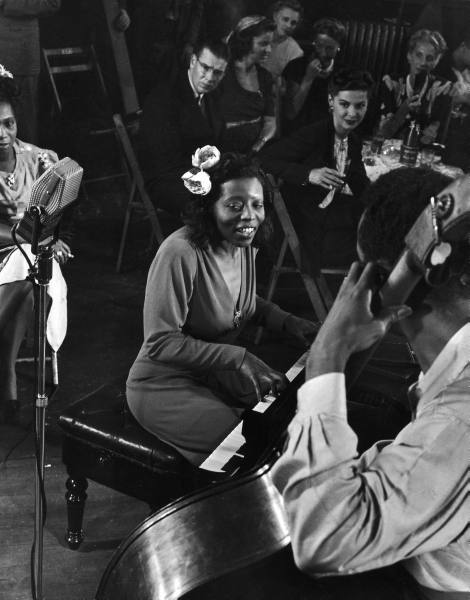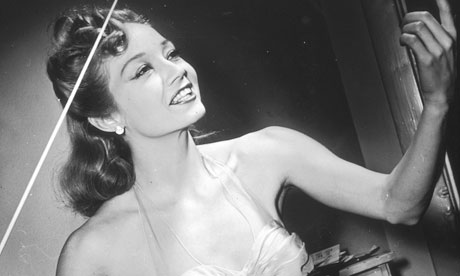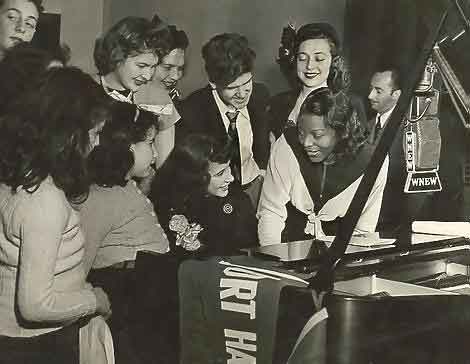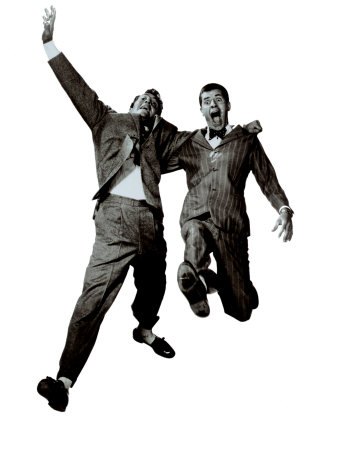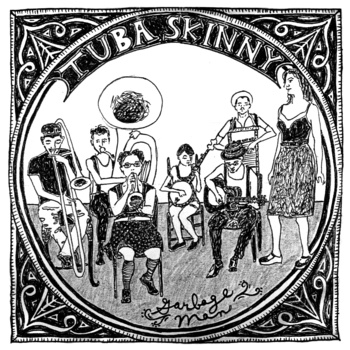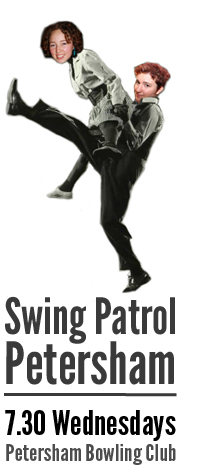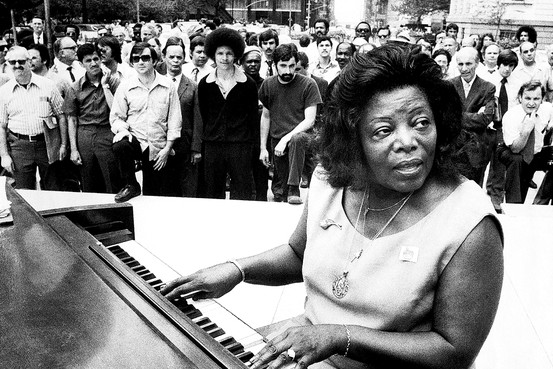I just wrote a very, very angry post over on yehoodi (where I never post), then tried to delete it, figured I couldn’t, then just kind of all-capped a cRaZy Lady comment. I WANTED to write about how total bullshit it was that someone can make a rape joke over there but I can’t type the word SHIT or FUCK without it being coyly replaced by ‘bloop’ or something. But I just kind of gave up in a huff.
Coincidentally, I then came across this link to the article The Future of Dance Criticism and comment on Jerry‘s Wandering and Pondering faceplant page:
This is a ballet blog, but this post talks about the difficulties in writing about dance. Not from a technical standpoint but from a creative and social one. I was just talking to Bobby White last night and we talked about the fact that there are some things we can’t talk about because of our other roles in this scene. It’s one of the main reasons why my production has slowed lately.
I immediately wrote this reply, and then deleted it:
I had these sorts of issues when I was writing and researching my PhD on dance. I wanted to write about the gender and class stuff I saw in my own scene in detail (ie labour relations, who does the unpaid work, how credit is distributed, power dynamics in teaching couples in class, etc) but it was difficult because I actually _lived_ in that scene, it’s a pretty small pool, anonymity is impossible, and there would be immediate repercussions for me.
Luckily I had a supervisor who knew about negotiating this stuff, and I had a body of cultural studies and sociological literature to help me out. There’s a body of literature on doing first person ethnographies, and also on things like action-research in sociology (where participants are involved in the research process). These helped me find a compromise between my research goals, my feminist goals and you know, not getting my arse kicked by angry dancers. I drew on some interesting work on doing ethnographic work in dance cultures to help me figure out how to position myself. I remember my supervisor saying to me “Yeah, that guy is going to be cranky that you talked about how the unequal distribution of domestic labour in his house lets him spend so much time on his DJing, but is that more important than exploring the way social power is distributed in your very own community?” And I figured yeah, he’ll get over it. Or he’ll learn to do the goddamn dishes.
Ultimately, I stuck with the principle ‘don’t shit where you eat’, and made tactical decisions about what I said and when. Thankfully, virtually no one has read my PhD. I’m now far more embarrassed by the glaring historical errors than the commentary on my local scene, which turned out to be disappointingly uncontroversial.
I sometimes worry about what I write on my blog, but I figure once you pass 35, who gives a fuck? I’m a chick with a big arse who’s never going to be a ‘cool’ dancer. Why not embrace that? Wear ill-fitting elastic-waisted pants, laugh too loudly, make stupid dadjokes, be the first person to offer a hand when it’s needed and speak up about unethical, cruel or bad stuff. None of that’ll get you laid, but it’ll sure as shit make life more tolerable. I’d rather risk a bit of public humiliation or snubbing than live with myself for keeping quiet about stuff I think is wrong. And I’m much rather risk losing a DJing, teaching or performing gig than pretend I don’t have a brain or an opinion.
My goal is to be one big-mouthed, disreputable, misbehaving, nosy, young-person-embarrassing, loud-talking pain in the arse when I hit 40.
Yeah, yeah, hardly any of that’s a surprise, right. But it got me thinking. Sure, I talk big – I’ll say what I like! – but I don’t always walk the walk. I’m not actually scary at all in real life, and am actually a big babby and not really tough at all. Unless I’ve just seen you be rude to one of the DJs on my team. Then I’m going to take you out to the back room and shout and swear at you til we’re both quite embarrassed and repentant. No, not really. Well, actually, yes really. But the important part here is that I won’t shout at you in person. I’ll wait til we’re in private, where we’ll only embarrass each other. And I’m actually more likely to use the Quiet Voice Of Shame, which my giant, hairy, muscley, fist-fighting brother taught me, and which is far more likely to make people cry and feel guilty for being poos.
This kind of leads me to my next point, which is the crux of this particularly long-winded and confusing post. Say what you like in person, but as we used to say in the Michie Building at the University of Queensland, “Don’t gossip in the stairwell.” Because stairwells are magnificent for funneling sound up and down. And anything you say in there will be broadcast to the universe. And as my Squeeze says, “Don’t put anything in an email or online that you wouldn’t say face to face.” Because the internet is not private. I think this is a very good approach. I have quite a few rules about how and why and what sort of events I’ll work on in the dance scene, but most of them revolve around being cool with my conscience, with working actively to improve shit for everyone and with not being a poo if I can possibly help it. And when it comes to writing or saying stuff in public, I try to remember what my interfering guilt-tripping mother would say, “How would it make you feel if someone said that to you?”
I don’t mind if some people in the dance scene don’t want to work with me or give me gigs because they think I’m a pain in the arse (I am, if you’re being an arse). But I would mind if I couldn’t speak my mind, couldn’t express my opinion or demonstrate that I do in fact have a brain, just so I could get a dance/score a DJing gig/whatever. I’m not prepared to do that. As I write this, I’m reminded of my thoughts about uppity women. Every now and then I worry that what I say will stop me scoring dances at gigs. Isn’t that crazy? But I think it’s an extension of what I’ve seen happen so often at dances: women followers will put up with bullshit behaviour from male leaders because they like a) getting asked to dance, and b) they like the status of being asked to dance. Oh man. Here we go again, women feeling validated by male approval.
I think I’d rather be a big pain in the arse that bother trying to figure out how to be approval-worthy.
Jerry’s post originally caught my interest because I’d deleted that comment on yehoodi because I was being openly very critical of a high profile person over there. I’m pretty sure it wouldn’t have bothered him, but I had that moment of ‘don’t cause trouble’ that seems to be drummed into women and plenty of Australians at birth. I’ve also had some real problems adjusting to the leap in readers my blog’s been getting. It kind of frightens me to think that people are out there, possibly thinking unkind thoughts. But it doesn’t frighten me that much. And, to be honest, I don’t stop and consider all those imaginary people whenever I get the urge to pour out a few thousand words. I just kind of wish they’d go start their own tumblr or dig into faceplant. It was a bit nicer when only a handful of people were reading this site. It was even better that that handful weren’t people I see every week out dancing.
I was also interested in Jerry’s comment because I’ve had the same sorts of thoughts when reviewing books for academic journals. Hacking about in academia also made it very clear that what I wrote wasn’t any where near as important as which arses I kissed. Or more importantly for me, which comments I caught between my teeth instead of shouting out. Eventually I decided I just couldn’t be bothered with all that fakery and pandering and arse kissing. I’m rubbish at being fake.
But then, I think that writing a review or commenting on current events within your own community needn’t involve faking it. You can be honest, and write well, and be clear, and not be an arsehole. You just gotta stop and think about it first. If only I spent more time stewing on blog posts, instead of banging them out and pressing ‘publish’!
You know, of all the things I worry about when I think of people’s responses to these posts, the most troubling is that they (you) might find them too long. FOR FUCK’S SAKE, WOMAN. It’s a BLOG – it’s MEANT to be long and boring. That’s how the word was invented! It might be inappropriate to write really long comments on people’s faceplant updates, but it’s TOTALLY OK TO WRITE ALL THE WORDS! It’s totally FINE to have ideas and opinions! Some bugger’s got to fill up all these intertubes, and it might as well be YOU.
All this kind of comes around to writing and dance (and writing about dance… or dancing about architecture) because I’ve been talking to and hanging with more and more writers these days. And most of them are also book reviewers. So they’re reading and writing about their friends’ and colleagues’ books. This is the sort of thing that routinely happens in academia, though most book reviews in journals are written by the peeps lower down the food chain, which confuses things a bit. Especially as there’s a real art to writing book reviews. I’m talking about reading and writing and writing about writing within one community (ie teh worldz of bookz) because it’s a bit like writing about dance. When I read Jerry’s FB post, I thought immediately of Kerryn’s excellently useful blog post ‘… and a bad bad review …’. This is totally cool because Kerryn is a ninja reviewer (doing lots and lots of reading and reviewing each week), but she’s also a ninja writer. Kerryn’s post gives us a way of writing reviews – reviewing things usefully – without being an arse.
As I write all this down, I’m reminded of an interesting article I read about doing restaurant reviews by a famous restaurant critic (so famous I can’t remember his name). He was talking about how he’s now been barred from a few restaurants because he writes reviews which aren’t always fawning and positive. He tells the truth. And that has made me think about the way food blogging has become the only really financially viable blogging genre in the tubaverse. Dood – they have massive prizes for comps! And they get to eat out! This is all kind of related, because most of us eat, so we all kind of figure we have an idea about how to eat and how restaurants should work and what counts as good noms. But that’s not really the case. Not all of us are good at writing about or talking about eating. Well, in a way that’s much use to people as a review. Reviewing is a skill, and reviewing well takes real talent. But in the restaurant world, a well-placed, well-clicked blog review can make money or lose money for a restaurant (or an ingredient, or a publication or a tool).
I guess what I’m trying to say here is: think before you write. But don’t stop writing, and do NOT stop thinking. As my friend Kirsty says, it’s not possible to think too much, and as NANOWRIMO demonstrates, most of us don’t write enough. Just don’t be a poo when you do it.
…ok, I actually had lots more to say, and I had wanted to edit this post down to coherency, but I’m suffering from major allergies all of a sudden and my sinuses are killing. So, sorry about this. I’ll have to end here.


